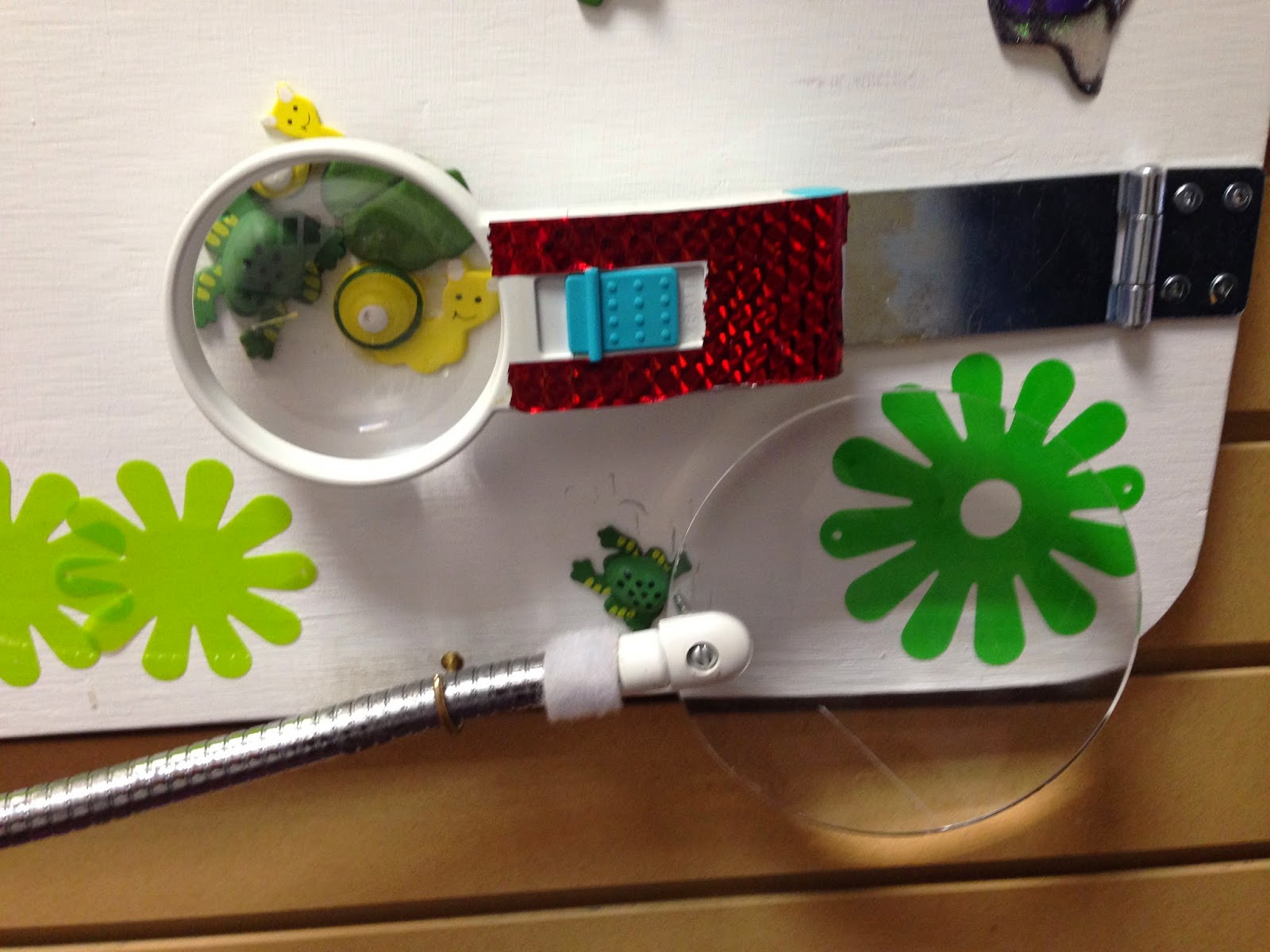I am going to share this press release that I read today. It's about a Braille kit (label system) that you can apply to the GE Artistry electric range.
Here's the press release:
LOUISVILLE, Ky. — March 19, 2015 — The simplicity of GE’s Artistry™ Series of appliances—an affordable suite of appliances targeted to first-time homebuyers and Millennials—lends itself to a unique market segment: the visually impaired. Working with students from the Kentucky School for the Blind, GE engineers and designers in Louisville, Ky. developed an accessory kit of braille overlays for the new Artistry electric range controls that helps the visually impaired use its cooktop and oven functions.
According to an American Foundation for the Blind article, stoves are the least accessible class of appliances.1 Many ranges today have smooth, push buttons on a back control panel. The ADA-compliant Artistry range offers front-control knobs that are within reach, and a straightforward design that lends itself to a braille accessory kit for the blind or visually impaired.
“Both my parents taught special education,” says Lee Lagomarcino, a GE product manager who initially championed the project and observed Kentucky School for the Blind students interacting with ranges. “As we developed the Artistry electric range, we knew its simplicity made it more universally appealing and ideal for a braille application.”
The Kentucky School for the Blind helped GE engineers determine that a high, medium and low heat setting was needed for the cooktop.
Student input leads to product concept
Students from the Kentucky School for the Blind helped the GE team determine what was needed—a high, medium and low heat setting for the cooktop, and a low, 350 degree and broil option for the oven. With those readily accessible features to serve as a baseline, the oven can be adjusted to a recipe as needed.
A focus group of students at the school came up with ways to make ranges more user friendly—using puffy paint and brightly contrasting colors to showcase their ideas. GE took those ideas and turned them into the custom-designed Braille kit. Students also tested the initial designs for ease of use.
Kentucky School for the Blind Program Coordinator Paula Penrod said, “Many times, manufacturers will introduce a new product, then seek comments from consumers with disabilities. Consumers who are blind and visually impaired have unique needs when using appliances. By working with GE during the production stage, our students were able to demonstrate the type of Braille modifications that would be most helpful. We appreciate GE for seeking our students’ input on the front end of GE’s Artistry range project.”
As a thank you to the Kentucky School for the Blind and its students for their help, GE donated a full suite of Artistry kitchen appliances to the school’s campus on Frankfurt Avenue in Louisville, Ky.
Pricing and availability
The GE Artistry electric ranges and Braille kits are available in black and white and can be purchased nationwide where GE appliances are sold. For help locating a dealer, go to www.GEAppliances.com and use the Dealer Locator tool or call the GE Answer Center at 1-800-626-2000. The estimated retail price of the Artistry electric range is $599, and the braille kit is $15.75.* (Retailers - Pub number 4-A034 fits the black Artistry range model ABS45DFBS, and pub number 4-A024 fits the white Artistry range model ABS45DFWS.)
In addition to the braille kits for ranges, GE offers a standard braille kit for common buttons on its microwave ovens. The kit (pub number 4-A212) can be ordered where GE appliances are sold.
GE Appliances
GE Appliances is at the forefront of building innovative, energy-efficient appliances that improve people’s lives. GE Appliances’ products include refrigerators, freezers, cooking products, dishwashers, washers, dryers, air conditioners, water filtration systems and water heaters. General Electric (NYSE: GE) works on things that matter to build a world that works better. For more information on GE Appliances, visit www.GEAppliances.com.
1. As a group, stoves are the least accessible class of appliances we evaluated. The vast majority have flat, inaccessible oven controls. – American Foundation for the Blind http://www.afb.org/section.aspx?FolderID=2&SectionID=4&TopicID=380&DocumentID=4218
* Retailers set their own prices.
Categories: Ranges, Wall Ovens, Cooktops










